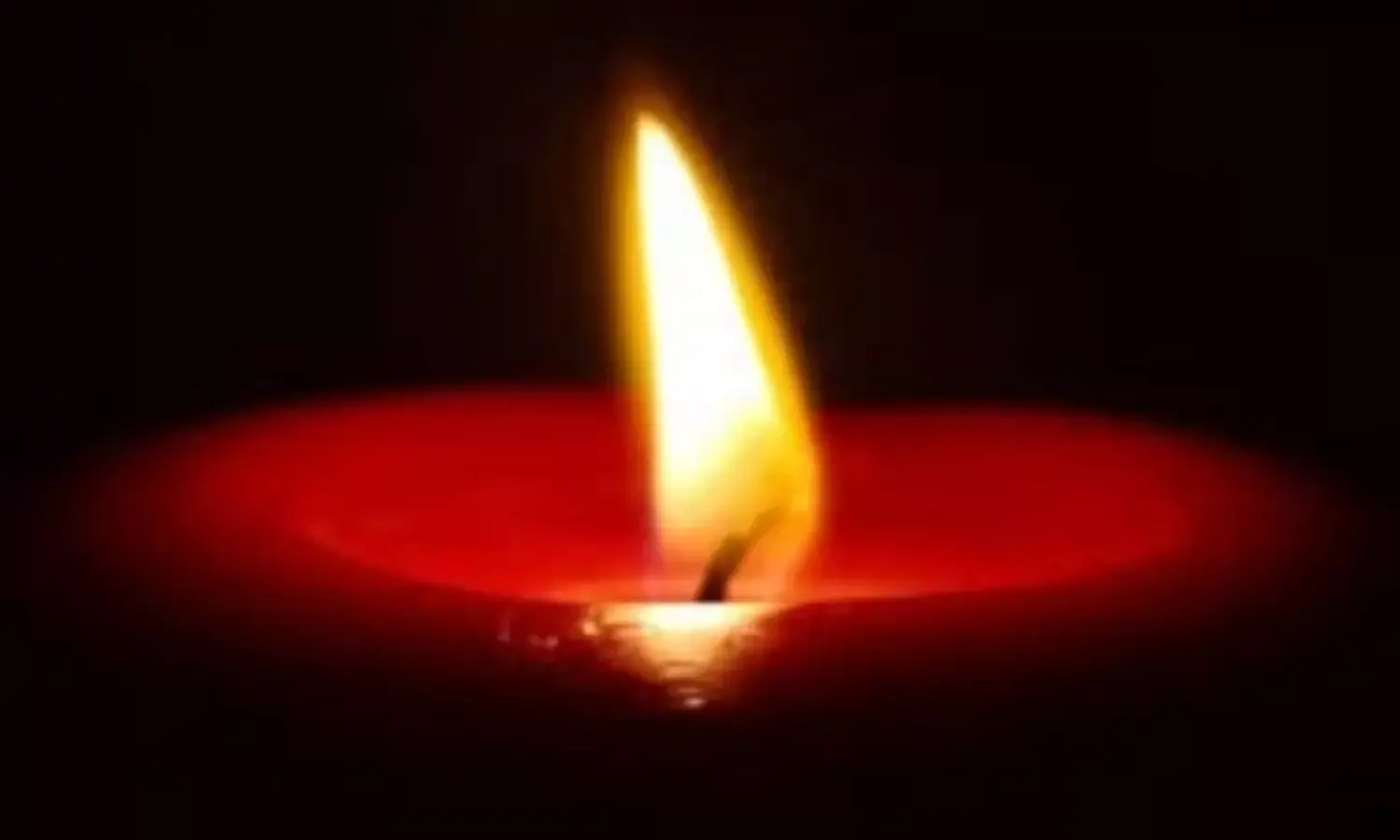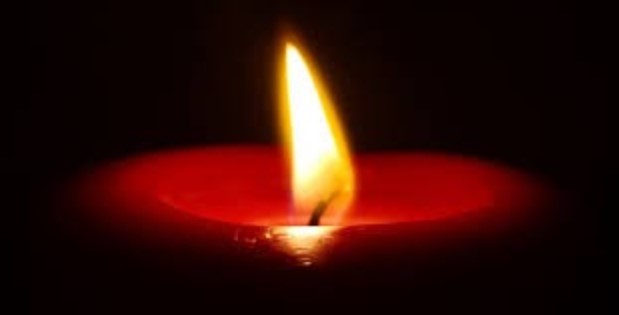His Adorable God
Nostalgia

The full page newspaper ads announcing new Ram temples everywhere cause me to recede into nostalgia, of the Ram of my childhood, memories of that short, squat man in white who walked past our house chanting:
“Kahu kahu ma magan
Kahu kahu ma magan
Hum apne Ram, Ram karey ma magan
Jaa se laagi hai lagan”
(People are happy with this, or with that
I am happy chanting Ram Ram
Because He has settled in my heart.)
Dawn wasn’t dawn without this chant fading away towards the Gomti river.
Aseemun, that splendid singer who graced our house in Mustafabad, had in her repertoire a song in which the master of the house marches off to Ayodhya to place before Ram a dispute he cannot settle.
The man’s sister is demanding his wife’s kangan or gold bangle, because she had been praying for her sister-in-law to give birth to a “Lallana”. Now that the birth has taken place, the sister insists on an auspicious gift or neg.
Her eye settles on the bangle her sister-in-law has brought as part of her dahej or trousseau. “My father gave it to me” she resists. “I cannot part with the only sentimental gift from my father.” The dispute goes to Ayodhya.
How exquisitely the Rama and Krishna legends mingle in Aseemun’s song..
Sheikh Ali Hazeem of Isfahan, who settled in Benaras, could never free himself of its spell:
“Az Benaras na rawam
Maabade aam ast eenja
Har Barahman pisar e Lakshman
O Ram ast eenja”
(I cannot leave Benaras
It is the kaaba for all.
Every Barahman here looks like
the very son of Ram and Lakshman)
I doubt if all those taking out ads for Ram would know that Rahim, or Abdul Rahim Khan-e Khana is the author of the following verse on Ram composed in Sanskrit:
“Ahalya, who had turned to stone because of a curse, became human when you touched her, O Lord. You created an army of the righteous, Vanar Sena, from the animal kingdom; you elevated a lowly “chaandal”. Despite my boundless adoration, Lord, why do you not bestow on me the boon of your affections?”
How Ram Bhakti transforms itself into Hindi chauvinism is one of the many distortions of our time. In fact it is not even Hindi chauvinism but brazen anti-Urdu politics. Enthusiasts who objected to “jashn” in a Fabindia ad are clearly unaware that Bharatendu Harishchand, who was in the vanguard of Khari Boli, today’s Hindi, was an accomplished poet of Urdu and Persian ghazal.
Like much else in this civilization, Ram is a continuous part of Urdu poetry written by Muslims and Hindus. Two of the greatest poets of Awadhi are, chronologically, Malik Mohammad Jayasi and Tulsidas. The scent of this cultural soil permeates marsias or elegies focused on the battle of Karbala. The master of this genre, Mir Anees, becomes a model for Pandit Brij Narain Chakbast’s description of Ram’s banishment:
“Rukhsat hua woh baap se lekar khuda ka naam,
Raahe wafa in manzil e awwal hui tamaam”
(Head bowed, he parted from his father, it was God’s will
This was the first step on his fourteen year long journey)
I have found an excellent compilation by Rakhshanda Jalil. She quotes some poets I had not heard of –– Zafar Ali Khan, for example:
“Naqsh e tehzeeb e Hunood aaj numayan hai agar
To woh Sita se hai, Lakshman se hai aur Ram se hai.”
(Much that shines in Hindu civilization
Derives from Sita, Lakshman and Ram.)
There are plaints galore when politicians misuse Ram:
“Rasm o rivaj e Ram se aari hain shar pasand,
Raavan ki nitiyon ke pujari hain sher pasand.”
(“Shar pasand” means those who derive advantage from conflict: Those promoting conflict have abandoned Ram’s message of love.)
Much before the Mandir-Masjid issue exploded, Josh Malihabadi describes a Lakshman distraught at any sign of social strife:
“Lakshman ka dil hai shiddat e ghum se phata hua,
Hai dar pe Ram Chandra ke Raavan data hua”
(Lakshman’s heart is shattered at the spectacle of hate;
The gate to Ram’s palace in Ayodhya is guarded by Raavan)
The phenomenon of Raavan doing duty at the gate has been particularly pronounced since December 6, 1992 when the Babari Masjid was demolished.
There is no better footage of the immediate aftermath than a VHS copy of Newstrack, a pioneering effort by the India Today group.
There is no relationship between the two, but Economic Liberalization and the Babari Masjid demolition happened more or less at the same time. Except Doordarshan, there was no independent TV channel. Liberalization boosted the market for consumer goods. Multiple channels were required to support the burgeoning advertising.
But none of this was in place when the mosque was demolished. India Today launched a VHS Newstrack for home viewing. On one such cassette is an extraordinary record of celebrations in the vicinity of the rubble.
The first scene shows girls seated in a circle, clapping rhythmically to a song, “Ab yeh jhanda lehrayaga saare Pakistan pe.” (This flag will flutter over Pakistan.)
Next is a shot of fierce looking young men, virtually thrusting their lances into the camera, “Bum girega Pakistan pe.” (Bombs will fall on Pakistan.)
Next a Swami with wavy hair booms, “Abhi hamein Lahore jaana hai; Rawalpindi jaana hai.” (We have to reach Lahore, Rawalpindi.)
Where in all this is Ram?
That Ram Bhakt of my childhood in Lucknow, chanting his way to the Gomti river, would never have understood all that was happening in the name of his adorable God.
Saeed Naqvi is a senior journalist. Views here are personal.




